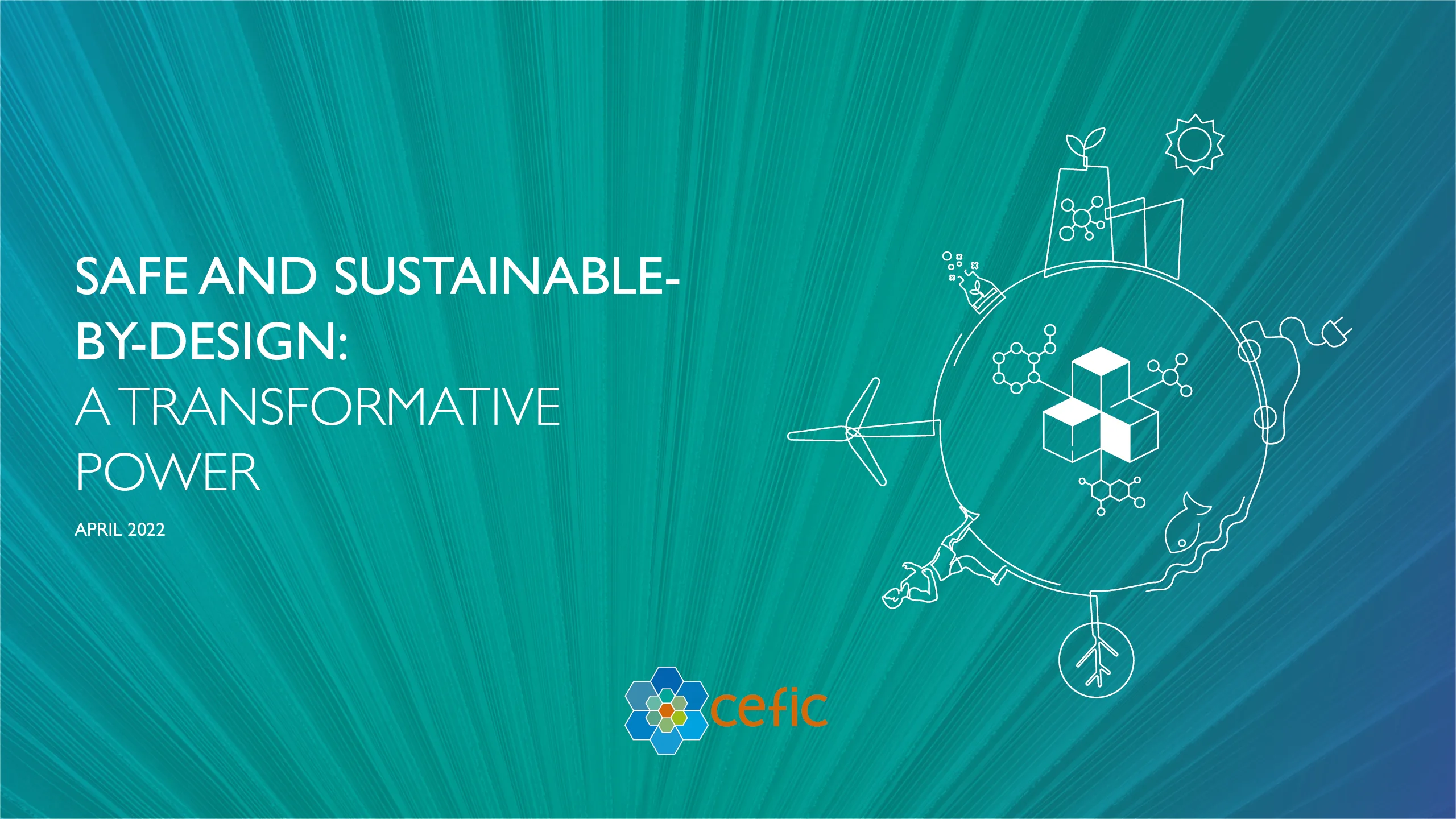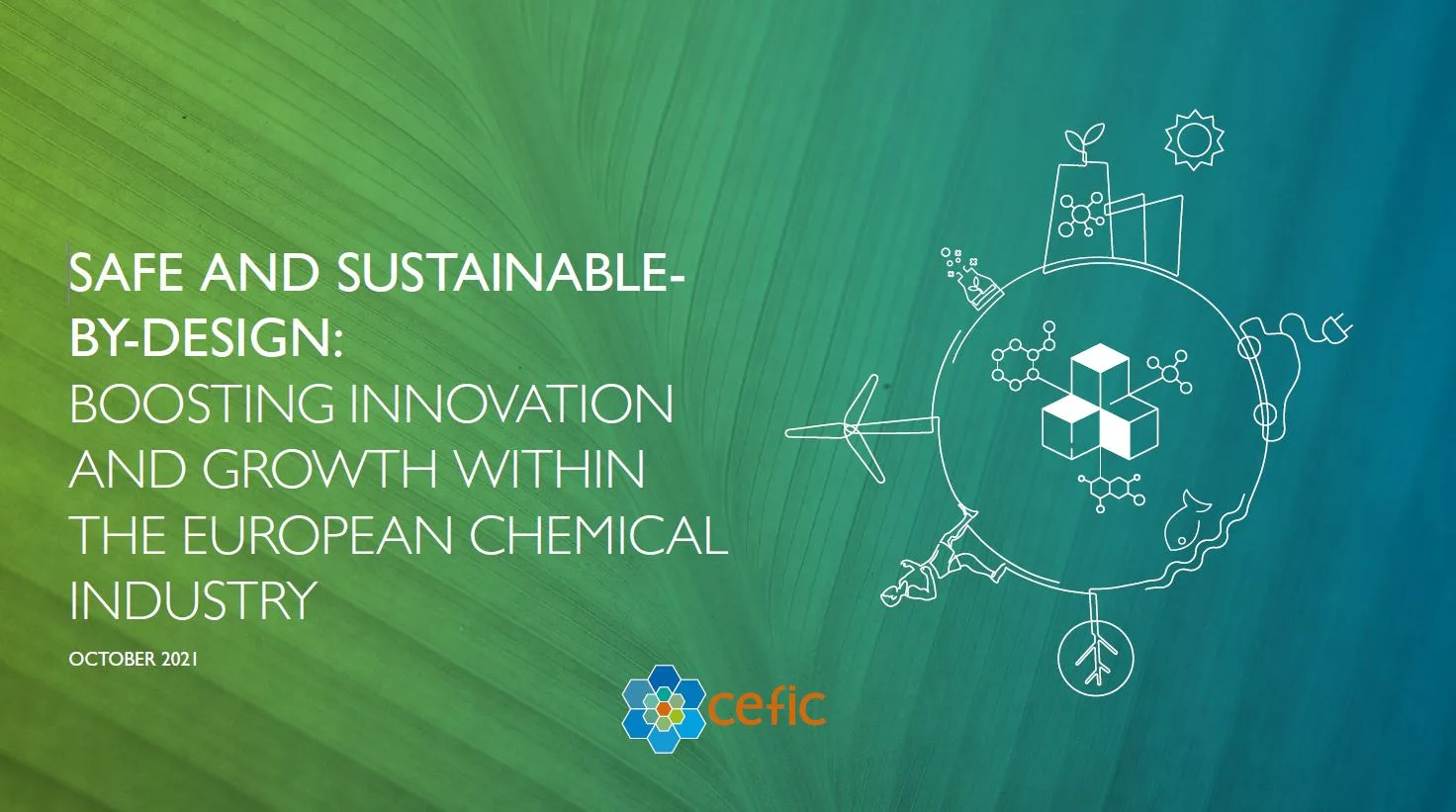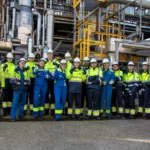
“The Safe and Sustainable-by-Design chemicals concept can be transformed into a mobilising power steering innovation. It can accelerate the achievement of the Sustainable Development Goals (SDGs), circularity and climate neutrality”, emphasised MEP Maria Spyraki at an event on the topic, organised by the European Parliament Intergroup on ‘Climate Change, Biodiversity and Sustainable Development’ and Cefic, on 24 March. “A holistic and multi-stakeholder approach for different sectors and key players needs to be taken into consideration to achieve an inclusive and successful position towards chemicals”, Spyraki added.
Jurgen Tiedje, Head of Unit on Industrial Transformation at the European Commission’s DG RTD, confirmed the need for action to boost the investment and innovative capacity for Safe and Sustainable-by-Design (SSbD) chemicals throughout their life cycle, as well as the need to bring the chemical industry along. First there needs to be an agreement on the concept itself, as an approach to the design, development and use of chemicals and materials that focuses on providing a function (or service), while reducing harmful impacts to human health and the environment. Ultimately, it should become a tool for boosting innovation amongst the chemicals. Next, DG RTD proposed the industry to use a framework approach for the development of future chemicals and materials. Beside design-guiding principles, this approach foresees a 5-step sustainability assessment: 1. a hazard-based identification; 2. occupational safety and health; 3. human health and environmental effects; 4. environmental sustainability assessment (Life Cycle Assessment); and 5. a social and economic sustainability assessment.
Towards sustainable product design
Sustainable dyeing of cotton fibres, or applying a special additive in the paper industry that reduces energy consumption in the production process, are illustrations of solutions already in place on sustainable product design by the chemical industry, as presented by Annegret Vester, Chief Sustainability Officer at CHT Germany.
According to Vester, the chemical industry is already on track with sustainable product and process design, what is needed is a supporting framework, and to align the processes in the entire value chain. “Markets are currently too closed for the available solutions. A sustainable product design and development needs to be seen and managed beyond Europe, because a lot of the industries in the value chain produce outside of Europe”.
Good for industry and good for consumers
The concept of SSbD can bring competitiveness and consumers to the European industry. That is the general consensus among policymakers, NGOs and industry. But how do we take the concept further?
Xenia Trier, Expert on Chemicals, Environment and Human Health at the European Environment Agency (EEA) sees the concept as an answer to address multiple pressures linked to climate change, biodiversity loss, and resource depletion. It allows us to address the safety elements – safety to human health and environmental health – and environmental sustainability at the same time.
According to Simon Cook, Chemicals Management Advisor at Eurometaux, SSbD represents an opportunity for the EU to lead the way, which will require full life cycle assessments and comprehensive change throughout the whole value chain. Tjisse Stelpstra, Committee of the Regions, added that we need complete transparency of components to recycle or upcycle materials in an appropriate way.
To ChemSec, increased transparency is needed to enable downstream users to make informed choices. ChemSec’s Executive Director, Anne-Sofie Bäckar’s explains that to allow for greater transparency and benchmarking between companies, criteria for SSbD should be connected to certification. To introduce the criteria as soon and as efficiently as possible, the initial focus should be on the most important parameters for assessing safety and sustainability. For instance, a chemical of concern or materials containing chemicals of concern cannot be considered safe and sustainable. The full chemical content must be known and assessed.
Wibke Lölsberg, Chair of the Cefic Network of Experts on SSbD confirms that criteria are needed, which should “be precise enough to steer towards the Green Deal targets, but stay workable for the chemical sector as a whole”. To ensure they remain workable, it is pertinent to have a joint understanding of the definition and assessment of safety and sustainability.
“We need a common language to enable working on a commonly agreed framework. Time plays a crucial role here to ensure companies experience as much as possible planning security and continue to invest in Europe. Engagement of all relevant stakeholders in the development of the framework as well as the criteria through a network would be appreciated”, added Lölsberg.
Safe and Sustainable-by-Design: A Transformative Power
Additional views from industry on how to integrate SSbD considerations into the innovation process can be found in Cefic’s latest publication: “Safe and Sustainable-by-Design: A Transformative Power”.

This report proposes guiding design principles for a selected set of safety and sustainability considerations, dimensions or criteria to be assessed at the level of product-application and more.
A first Cefic report was published in October with preliminary views on the concept, criteria, and the way forward on SSbD.

This paper is not exhaustive on the topic and does not represent our final views on Safe and Sustainable-by-Design. Instead, it is a work in development and an invitation to you to discuss the concept, criteria, and the way forward on SSbD.










